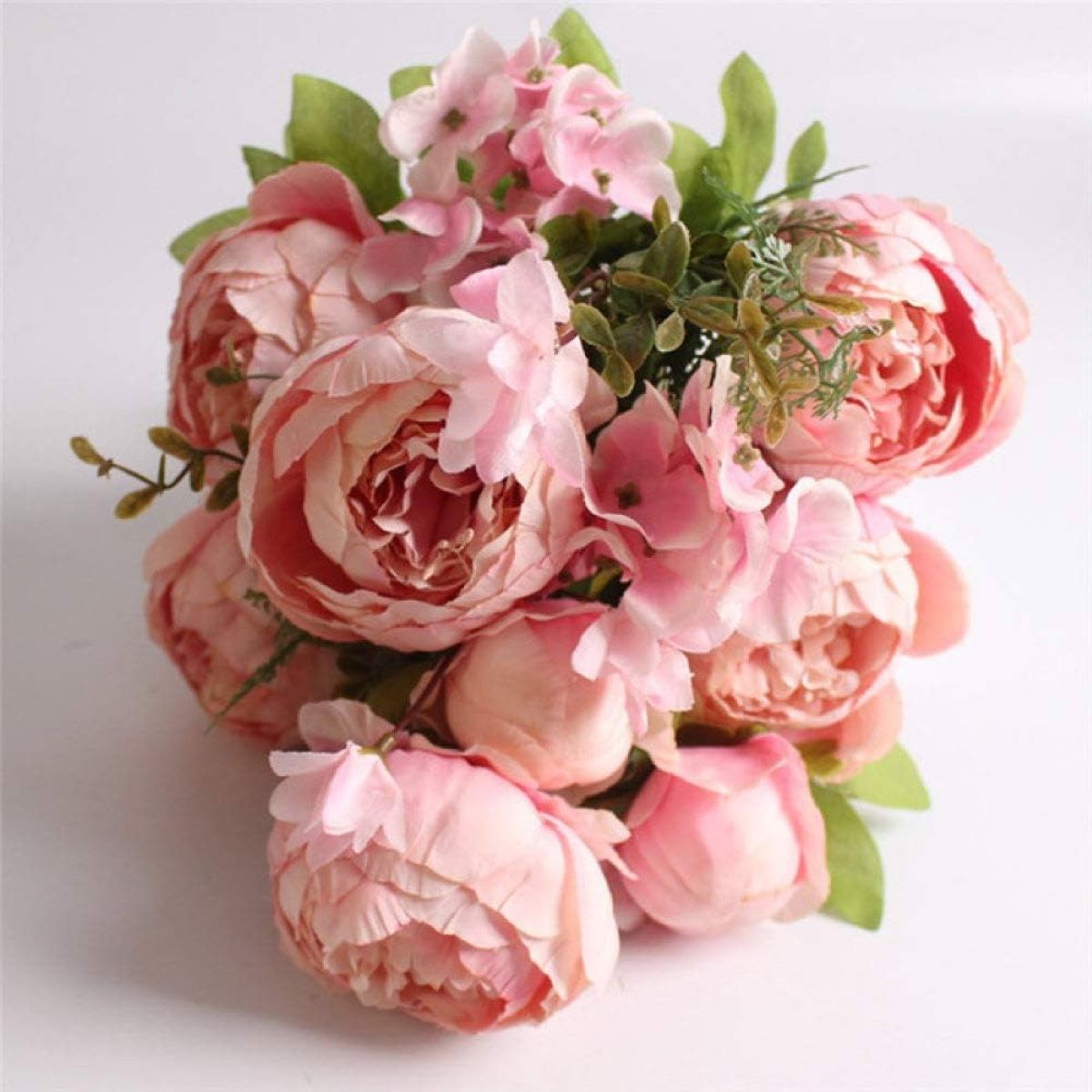

Articles
How To Store Silk Flowers
Modified: August 28, 2024
Learn the best techniques for storing silk flowers in this informative article. Find out how to keep your silk flowers looking beautiful for years to come.
(Many of the links in this article redirect to a specific reviewed product. Your purchase of these products through affiliate links helps to generate commission for Storables.com, at no extra cost. Learn more)
Introduction
Welcome to our comprehensive guide on how to store silk flowers. Whether you have a beautiful silk flower arrangement that you’d like to preserve or you’re a business owner looking to store excess inventory, proper storage is essential to maintain their beauty and prolong their lifespan.
Silk flowers are a popular alternative to fresh flowers due to their durability and ability to maintain their vibrant colors. However, improper storage can lead to fading, discoloration, and damage to the delicate petals and stems. By following the tips and techniques outlined in this article, you can ensure that your silk flowers remain in pristine condition for years to come.
In this guide, we will discuss the best methods for storing silk flowers, from cleaning and preparing them for storage to selecting the right containers and materials. We will also cover temperature and humidity considerations, as well as how to protect your silk flowers from dust and sunlight. Additionally, we’ll provide tips for long-term storage and identify the best locations to store your silk flowers safely.
So, let’s dive in and learn how to properly store your silk flowers to keep them looking fresh and beautiful!
Key Takeaways:
- Proper storage of silk flowers is crucial for maintaining their beauty and longevity. From cleaning and organizing to selecting the right containers, following these guidelines will ensure your silk flowers remain in pristine condition for years to come.
- Consider temperature, humidity, and protection from dust and sunlight when storing silk flowers. Proper organization, long-term storage precautions, and regular inspections are essential for preserving the vibrancy and elegance of your silk flowers.
Choosing the Right Storage Method
When it comes to storing silk flowers, it’s important to choose the right method that suits your specific needs. There are a few different options to consider, and the choice largely depends on the amount of space you have available and the level of protection you want to provide for your silk flowers.
One common storage method is using a dedicated floral storage box. These boxes are specifically designed to accommodate silk flowers, providing compartments and dividers to keep them separated and protected. Floral storage boxes are often made of sturdy materials, such as plastic or cardboard, and come in various sizes to accommodate different arrangements.
If you have limited space or prefer a more compact storage solution, you can also opt for storage bags or garment bags. These can be a great option for smaller silk flower arrangements or individual stems. Look for bags made of breathable materials, such as cotton or muslin, to allow for air circulation while protecting the flowers from dust and dirt.
Another creative option is using clear plastic containers with lids. These containers allow you to see the contents at a glance and provide a good level of protection against dust and moisture. Make sure to choose containers that are large enough to accommodate your silk flowers without compressing them too tightly.
For larger silk flower arrangements or if you have the space available, using a storage cabinet or closet can be a viable option. This allows you to keep your silk flowers in an upright position, reducing the risk of bending or crushing the petals and stems. However, be mindful of the temperature and humidity in the storage area to avoid any potential damage.
Ultimately, the storage method you choose should prioritize protecting your silk flowers from dust, sunlight, and damage while also considering the available space and ease of access. Assess your specific needs and preferences to determine the best storage method for your silk flowers.
Cleaning and Preparing the Silk Flowers
Before storing your silk flowers, it’s essential to clean and prepare them properly. This helps to remove any dust, dirt, or potential contaminants that could cause damage or discoloration during storage. Here are the steps to follow:
- Start by gently removing any visible dirt or debris from the silk flowers. You can use a soft-bristle brush or a hairdryer on a low, cool setting to blow away loose particles.
- If your silk flowers have any removable parts, such as leaves or petals, consider taking them off for a more thorough cleaning. Check the manufacturer’s instructions to ensure these parts are removable.
- Fill a basin or sink with lukewarm water and add a mild detergent or silk flower cleaner. Avoid using harsh chemicals or bleach, as they can damage the delicate fabric of the flowers.
- Submerge the silk flowers in the soapy water and gently swish them around to remove any remaining dirt. Be careful not to rub or scrub the flowers too vigorously, as this can cause the petals to fray or detach.
- After a few minutes, remove the silk flowers from the soapy water and rinse them under cool running water. Make sure to thoroughly rinse away any soap residue.
- Gently shake off any excess water from the flowers and place them on a clean towel to air dry. Avoid using high heat or direct sunlight to dry the silk flowers, as this can cause them to fade or distort.
- Once the silk flowers are completely dry, inspect them for any remaining dirt or stains. If needed, you can spot clean specific areas with a damp cloth or sponge and a mild detergent.
- Allow the silk flowers to air dry again after spot cleaning before proceeding to the next step.
By following these cleaning steps, you ensure that your silk flowers are free from dirt and ready for storage. This minimizes the risk of stains or discoloration during the storage period. Once your silk flowers are clean and dry, you can proceed to the next steps of organizing and packing them for storage.
Storage Containers and Materials
Choosing the right storage containers and materials is crucial to protect your silk flowers from damage while in storage. Here are some considerations to keep in mind:
- Select containers that are clean, sturdy, and appropriately sized for your silk flowers. Avoid using containers that have previously stored chemicals or food, as they may leave behind residue that could harm the silk flowers.
- Plastic or cardboard floral storage boxes are popular options for storing silk flowers. They provide compartments and dividers to keep the flowers separate and prevent them from shifting during storage. Make sure the boxes are sturdy enough to protect the delicate petals and stems.
- If you prefer a more transparent option, consider using clear plastic containers with secure lids. These containers allow you to easily see the contents inside while protecting the silk flowers from dust and moisture.
- For individual silk flower stems or smaller arrangements, storage bags or garment bags made of breathable materials like cotton or muslin are ideal. These bags provide protection against dust while allowing for proper air circulation.
- To further safeguard your silk flowers, consider wrapping delicate or protruding parts with tissue paper or bubble wrap. This will help prevent any bending or damage during storage.
- Avoid using materials that can cause damage to the silk flowers, such as newspapers or colored tissue paper that may leave ink stains. Stick to unprinted, acid-free tissue paper or bubble wrap designed for delicate items.
- Before placing the silk flowers in the containers, it’s a good idea to line the bottom with a soft material like a towel or foam to provide additional cushioning and protection.
Remember to label your storage containers with the contents or arrange them in a logical order to easily locate specific silk flowers in the future. This will save you time and prevent the need to disturb other stored items.
By selecting the appropriate storage containers and materials, you can ensure that your silk flowers are well-protected and maintain their beauty throughout the storage period.
Organizing and Packing the Silk Flowers
Once your silk flowers are clean and you have selected the appropriate storage containers, it’s time to organize and pack them for storage. Proper organization and packing will help prevent tangling, crushing, or bending of the delicate petals and stems. Here are some steps to follow:
- If your silk flowers have removable parts, such as leaves or petals, pack them separately to prevent any damage or distortion.
- Start by placing the largest silk flowers at the bottom of the container. This will provide a stable base for the arrangement.
- Arrange the silk flowers in a way that allows them to maintain their natural shape. If necessary, use tissue paper or bubble wrap to support delicate stems or petals.
- If you are storing individual silk flower stems, consider using floral foam or a cardboard tube to keep them upright and prevent them from bending.
- For larger arrangements, you can use dividers or foam blocks to keep the flowers separated and prevent them from shifting during storage.
- Fill any empty spaces in the container with tissue paper or bubble wrap to prevent the flowers from moving around. This will help maintain their arrangement and protect them from potential damage.
- Avoid overcrowding the container, as this can lead to crushing or bending of the silk flowers. Allow enough space for the flowers to breathe and maintain their shape.
- If you are storing multiple arrangements in the same container, place a layer of tissue paper or bubble wrap between each arrangement to prevent them from tangling or getting damaged.
Remember to handle the silk flowers with care and avoid placing heavy objects on top of them during storage. Secure the lid or cover of the container tightly to keep out dust, moisture, and pests.
By organizing and packing your silk flowers thoughtfully, you can ensure that they remain in pristine condition and are easy to retrieve when needed.
Store silk flowers in a cool, dry place away from direct sunlight to prevent fading. Use a plastic container with a tight-fitting lid to keep them dust-free.
Temperature and Humidity Considerations
When storing silk flowers, it’s important to consider the temperature and humidity levels in the storage area. Extreme temperatures and humidity can cause damage to the delicate fabric and color of the silk flowers. Here are some guidelines to follow:
- Ensure that the storage area has a moderate temperature. Extreme heat or cold can cause the silk flowers to fade or become brittle. Aim for a temperature between 60 to 75 degrees Fahrenheit (15 to 24 degrees Celsius).
- Avoid storing silk flowers in areas that are exposed to direct sunlight or near heating vents. Sunlight can cause the colors to fade, while excessive heat can cause the petals to wilt or lose their shape.
- Humidity can also impact the condition of silk flowers. Excessive moisture can lead to mold or mildew growth, while low humidity can cause the petals to become dry and brittle. Aim for a humidity level of around 40 to 50 percent.
- If the storage area tends to be too humid, you can use a dehumidifier to regulate the moisture levels. Alternatively, you can place moisture-absorbing packets or silica gel packets in the storage containers to help absorb excess moisture.
- Consider using a hygrometer to monitor the humidity levels in the storage area. This will help you ensure that the conditions are suitable for preserving the silk flowers.
By maintaining moderate temperature and humidity levels, you can help prolong the lifespan of your silk flowers and prevent any potential damage.
It’s important to periodically check the storage area and the silk flowers to ensure that the temperature and humidity levels are consistent. If you notice any signs of mold, mildew, or discoloration, take appropriate measures to address the issue and adjust the storage conditions if necessary.
By properly managing the temperature and humidity, you can ensure that your silk flowers retain their beauty and remain in excellent condition throughout the storage period.
Protecting the Silk Flowers from Dust and Sunlight
Dust and sunlight are common culprits that can cause damage to silk flowers over time. Keeping your silk flowers protected from these elements is crucial to maintain their beauty and longevity. Follow these tips to protect your silk flowers:
- Dust your silk flowers regularly to remove any accumulated dust or debris. Use a soft, clean cloth or a feather duster to gently wipe away the dust without applying too much pressure.
- Avoid using liquid cleaners or sprays directly on the silk flowers, as they can cause discoloration or damage the fabric. If needed, use a specialized silk flower cleaner or a mixture of mild soap and water sprayed lightly on a cloth to clean hard-to-reach areas.
- Place your silk flowers away from direct sunlight or harsh artificial lighting. Prolonged exposure to sunlight can cause the colors to fade and deteriorate the fabric. If possible, position the storage containers in a shaded area or cover them with a cloth or a light-blocking material.
- If the storage area has windows, consider using curtains or blinds to block out excessive sunlight. UV-resistant window film is another option to protect your silk flowers from harmful UV rays.
- For long-term storage, consider using storage containers with lids that provide an airtight seal. This will help minimize the accumulation of dust and prevent any potential damage from insects or pests.
- Keep your silk flowers away from areas that generate high levels of dust, such as workshops or construction sites. It’s best to store them in a clean and dry environment.
- If you display your silk flowers in a vase or container, consider covering them with a large, breathable bag or a glass bell jar. This will further protect them from dust while allowing you to showcase their beauty.
Regularly inspect your silk flowers for any signs of dust or fading, and clean them as needed. By taking the necessary precautions to protect your silk flowers from dust and sunlight, you can help maintain their vibrant colors and ensure their longevity.
Storing the Silk Flowers in a Safe Location
Finding the right storage location for your silk flowers is essential to ensure their safety and preservation. Here are some considerations to keep in mind when selecting a suitable storage area:
- Choose a clean, dry, and well-ventilated space for storing your silk flowers. Avoid areas with excessive moisture, such as basements or attics, as this can cause mold or mildew to develop on the delicate fabric.
- If possible, select a storage area that is free from fluctuations in temperature and humidity. Extreme changes in these factors can degrade the quality of the silk flowers over time.
- Keep your silk flowers away from areas that are prone to temperature extremes, such as near heating vents, radiators, or windows that receive direct sunlight. Direct heat can cause the flowers to wilt, while sunlight can fade the colors and deteriorate the fabric.
- Consider storing your silk flowers on higher shelves or in elevated areas to minimize the risk of accidental damage or crushing. Avoid storing heavy objects on top of the containers to prevent any potential harm to the delicate flowers.
- If you live in an area prone to pests, such as rodents or insects, take precautions to keep them away from your silk flowers. Use pest deterrents or consider storing the containers in plastic zip-up bags to provide an added layer of protection.
- Ensure that the storage area is easily accessible, allowing you to retrieve or inspect the silk flowers without hassle. This will prevent unnecessary movement or disturbance of other stored items.
- If you have multiple containers of silk flowers, consider labeling them or creating an inventory list. This will help you locate specific arrangements or stems more efficiently, without the need to open every container.
- Regularly check on your stored silk flowers to ensure that they remain in good condition. Inspect for any signs of damage, such as frayed petals or broken stems, and address any issues promptly.
By storing your silk flowers in a safe and appropriate location, you can protect them from potential damage and ensure that they retain their beauty and integrity over time.
Take the time to set up a designated storage area that meets these requirements, and you’ll have peace of mind knowing that your silk flowers are in a safe and protected environment.
Tips for Long-Term Storage
If you’re planning to store your silk flowers for an extended period, it’s important to take additional precautions to ensure their preservation. Here are some tips to consider for long-term storage:
- Before packing your silk flowers, make sure they are completely dry to prevent any moisture buildup that can lead to mold or mildew.
- Consider using acid-free tissue paper or archival-quality packaging materials to wrap individual silk flower stems or delicate arrangements. These materials will help prevent any chemical reactions that could cause discoloration or deterioration of the fabric.
- If you have the original boxes or packaging for your silk flowers, use them for storage, as they are specifically designed to protect the flowers and maintain their shape.
- If the original packaging is not available, opt for sturdy, acid-free boxes or containers that provide enough space for the silk flowers to breathe and remain undisturbed.
- Avoid using plastic bags or cling wrap directly on the silk flowers, as they can trap moisture and potentially cause damage. Instead, place the flowers in breathable containers or use breathable fabric covers.
- If you have a large silk flower arrangement, disassemble it and store the individual stems separately. This will prevent tangling and ensure that each stem is adequately protected.
- Label each storage container with the contents and the date to easily identify and track the stored silk flowers.
- Store the silk flowers in a climate-controlled environment to minimize the risk of temperature and humidity fluctuations. A controlled storage unit or a closet in your home can be ideal for long-term storage.
- Consider using desiccant packets or moisture absorbers in the storage containers to help keep the environment dry and ward off any moisture-related issues.
- Perform periodic inspections of the stored silk flowers to check for any signs of damage or pests. Make any necessary adjustments or treatment promptly to prevent further damage.
By following these tips for long-term storage, you can ensure that your silk flowers remain in optimal condition and are ready to be enjoyed whenever you decide to bring them out again.
Read more: How To Store Silk Scarves
Conclusion
Properly storing silk flowers is essential to maintain their beauty and prolong their lifespan. By following the guidelines outlined in this comprehensive guide, you can ensure that your silk flowers remain in pristine condition, regardless of whether you’re preserving a cherished arrangement or storing excess inventory for your business.
We’ve covered various aspects of storing silk flowers, from cleaning and preparing them for storage to selecting the right storage containers and materials. We’ve also discussed temperature and humidity considerations, as well as how to protect silk flowers from dust and sunlight. Additionally, we’ve provided tips for organizing, packing, and finding a safe storage location for your silk flowers. And for those looking for long-term storage solutions, we’ve offered helpful tips to ensure the preservation of your silk flowers over extended periods.
Remember that proper maintenance and periodic inspections are crucial even during storage. Regularly check on your silk flowers to ensure they remain in good condition, and address any issues promptly to prevent further damage.
By applying the tips and techniques shared in this guide, you can safeguard your beautiful silk flowers, allowing them to be enjoyed for years to come. Whether you’re storing sentimental arrangements or professional displays, following these guidelines will ensure that your silk flowers maintain their vibrancy, texture, and elegance throughout their time in storage.
So take the time to clean, pack, and store your silk flowers with care. With proper storage, you can preserve their beauty and create treasured memories with these lifelike botanical wonders.
Frequently Asked Questions about How To Store Silk Flowers
Was this page helpful?
At Storables.com, we guarantee accurate and reliable information. Our content, validated by Expert Board Contributors, is crafted following stringent Editorial Policies. We're committed to providing you with well-researched, expert-backed insights for all your informational needs.

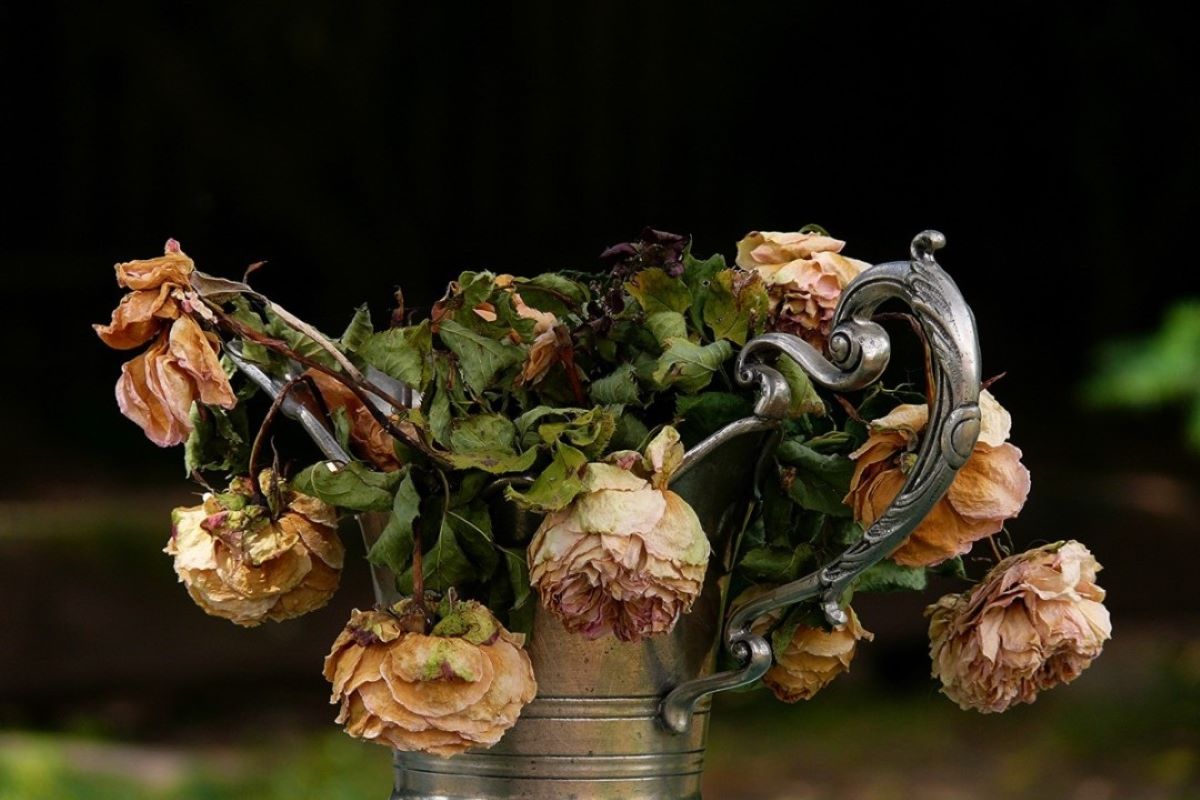


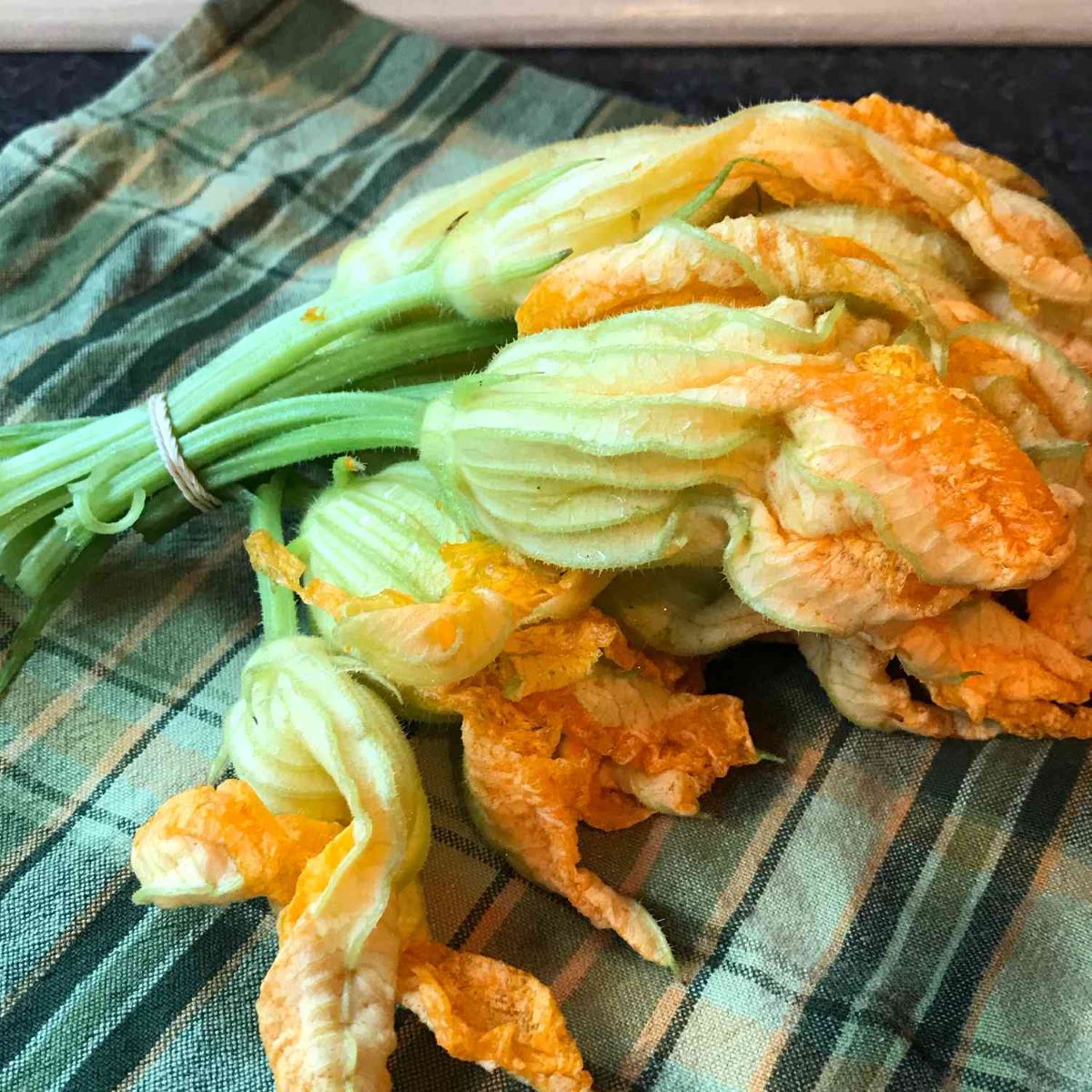
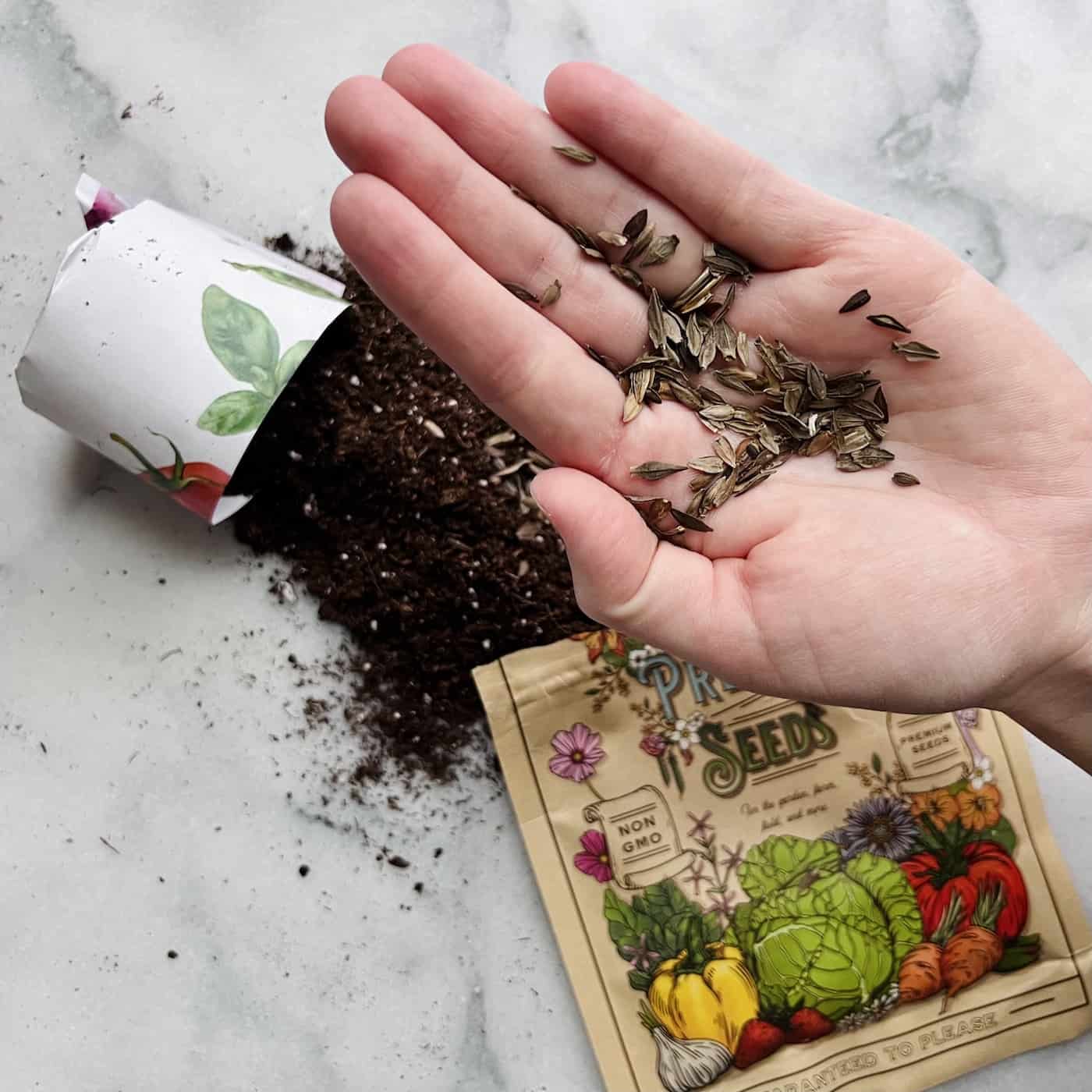


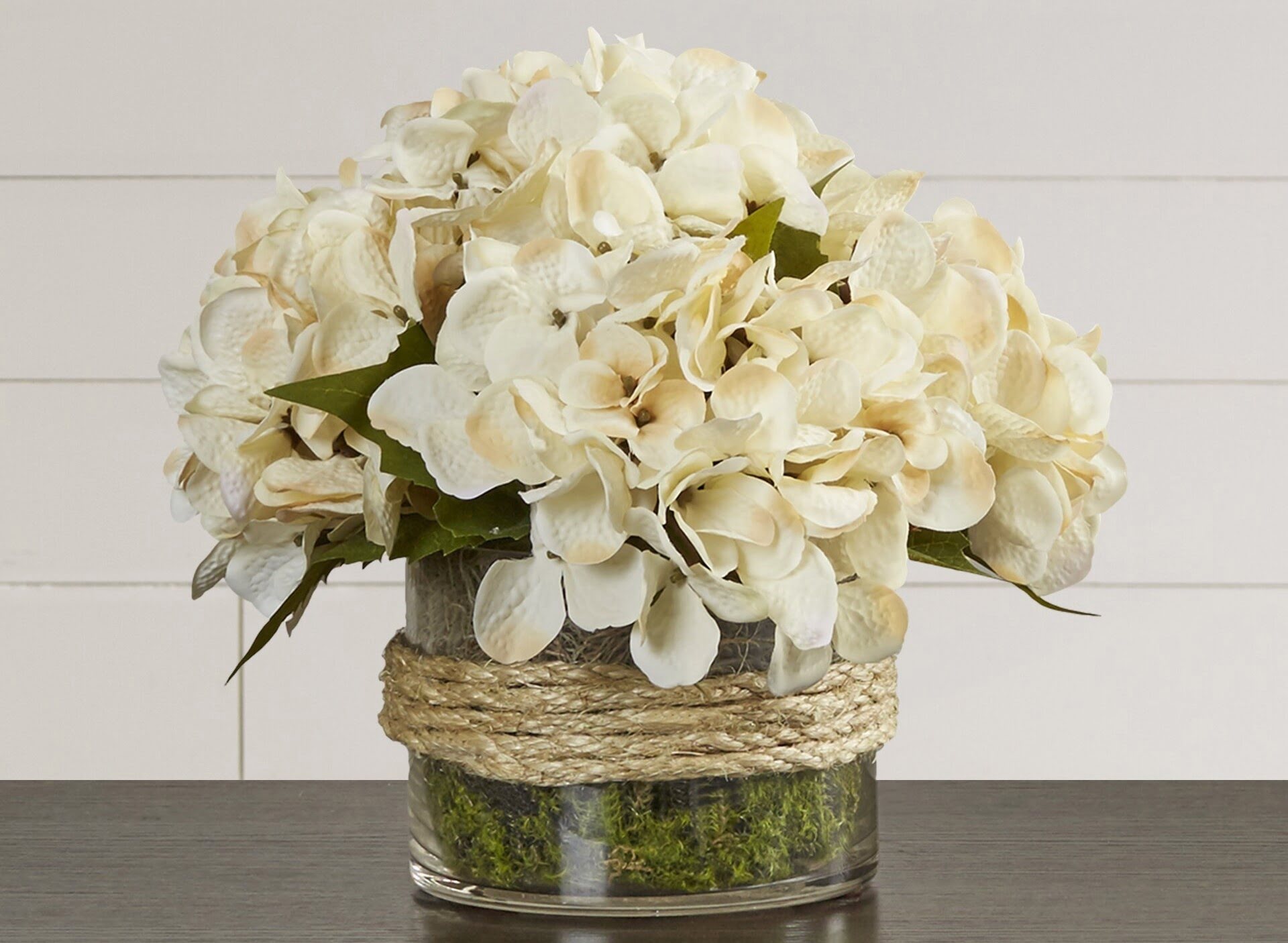

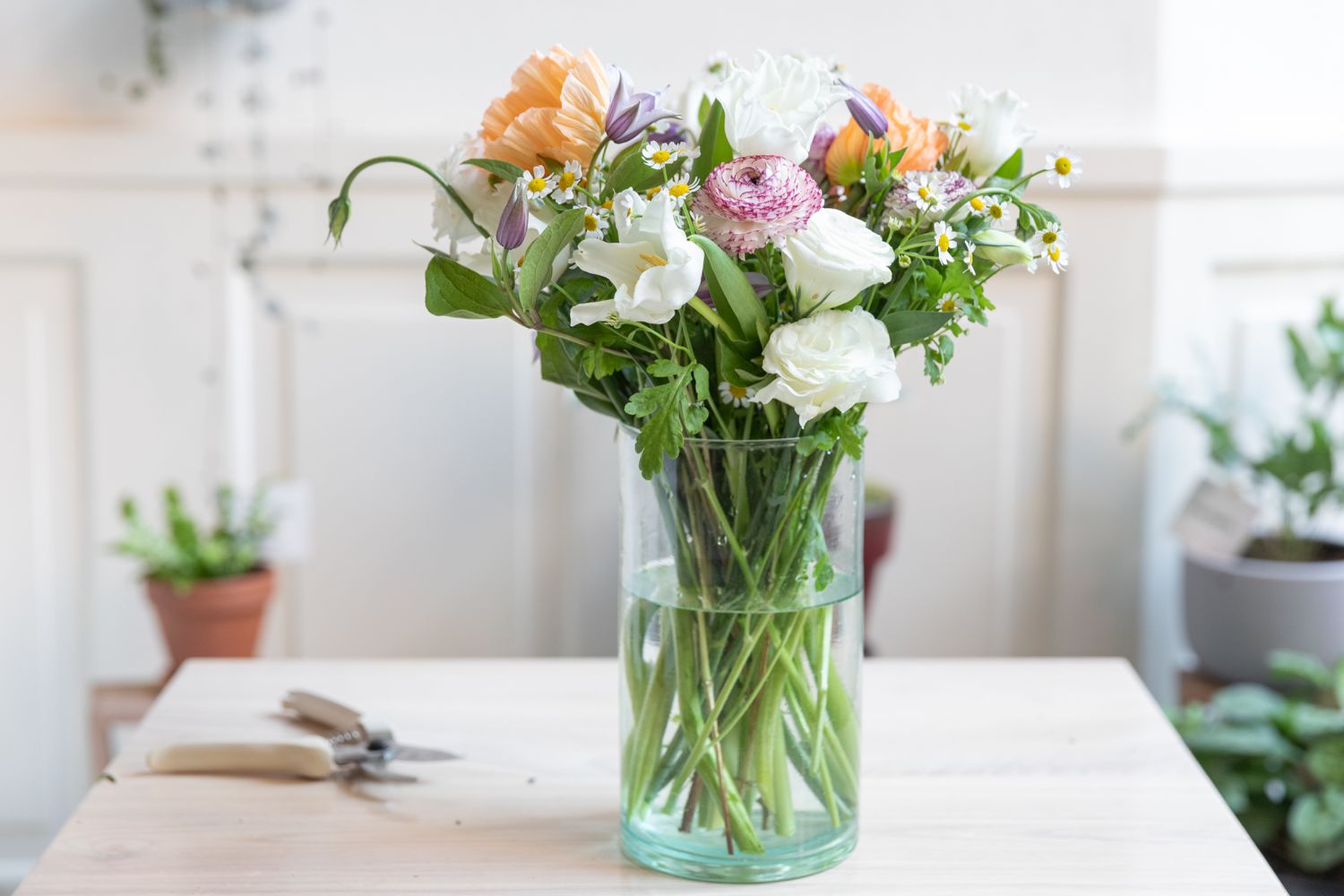

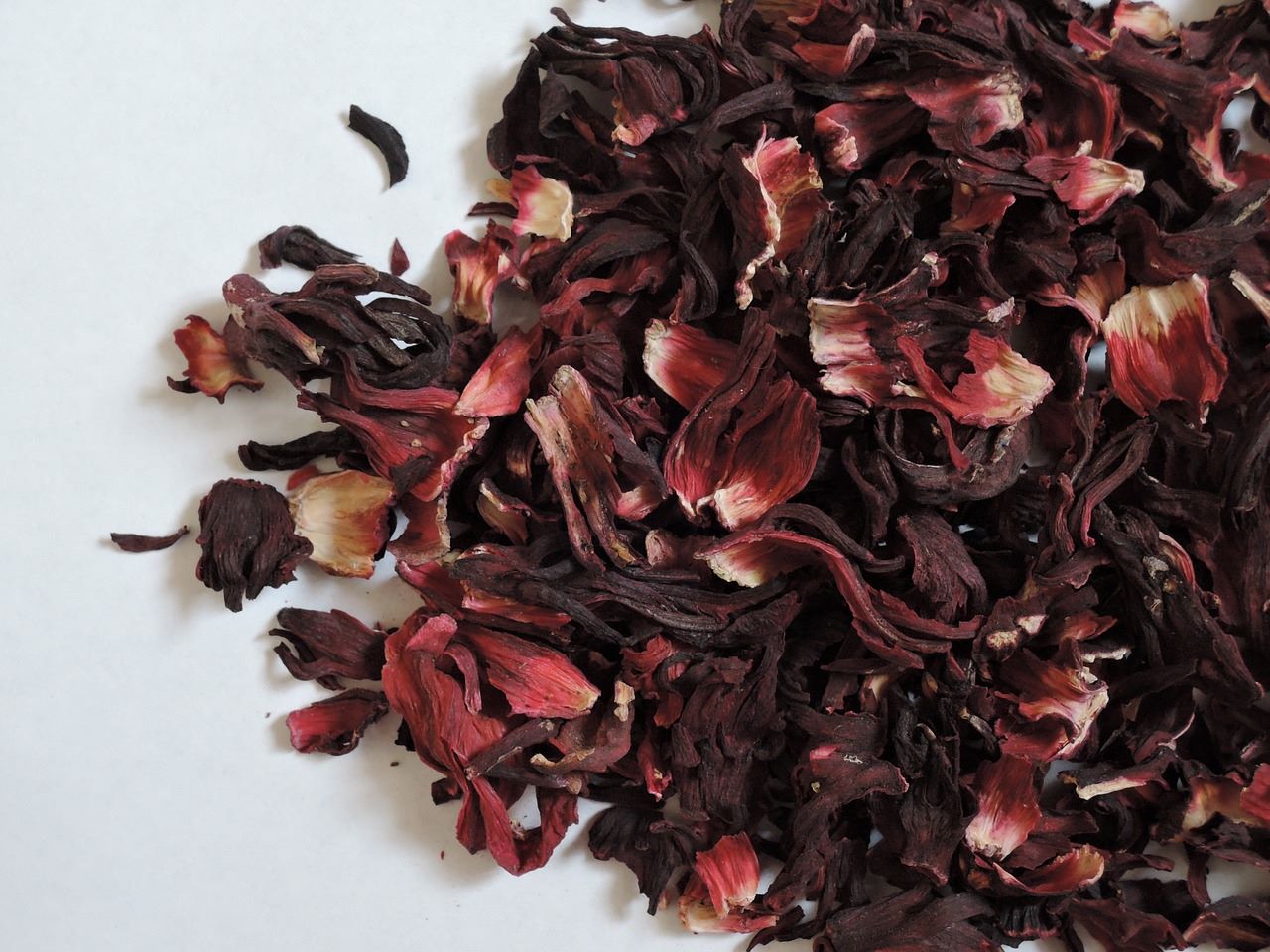

0 thoughts on “How To Store Silk Flowers”